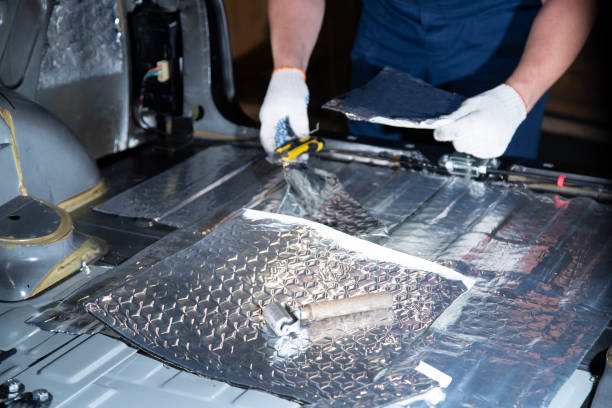
Embolssing lapis is popular and involves engraving a two-dimensional or three-dimensional image onto a prepared surface. It's frequently used as an embellishment for invitations, business cards, packaging, and print material. Understanding the types and uses of embossing is essential when considering which type to choose. In today's blog, we'll examine the different embossing methods and discover what differentiates them.
Blind embossing is a very common technique used to produce a raised image.
Blind embossment is referred to as a "classic" technique that involves a raised design without foils and inks. This method only adds texture and not color to the paper. Blind embossment is often used as a way of adding an added layer to printed business and letterheads, envelopes, and packaging materials. It's the ideal way of creating a subtle and understated edgy effect.
Debossing:
Debossing mimics blind embossment but reverses the process. Instead of having the embossed design appear higher, it' is debossed down within the sheet. It adds a superb texture to plain or textured paper, resulting in a three-dimensional effect. Even though debossing offers a greater, more visible effect compared to blind embossing, it's still subdued and graceful, enabling it to be used on business cards, invitations, and packaged materials.
Foil embossing is performed by applying foil onto a previously embossed design.
Foil embossment refers to the technique of stamping a coated foil over an already engraved design. The outcome is essentially a textured design complemented by a shiny or metallic finish. Foil embossin is amazingly versatile, allowing for application on virtually every surface, from paper to cardstock to plastics. Combining foil embossment and kiln etching provides the best look for luxury products.
A combination of techniques is used to create stunning results.
Combination Techniques refers to combining any one of these techniques together to achieve a striking effect. For pudding, combining foil with an embossed debossed and blind embossed can result in an awe-inspiring effect. Using different methods can result in an intriguing and appealing variation, particularly if a graphic design involves intricate designs, small font sizes, or delicate lines.
Sculptured Emboss
Sculptured embossment is primarily employed for capturing and enhancing a highly intricate yet highly detailed design. This method is widely used for embossing embossed images that depict the wild world, such as leaves, flowers, or tree limbs. It involves a process that involves engaging both surfaces of the designed object to form a three-faceted sculpture. The outcome is a highly-attractive and eye-catching work that lends itself well to accentuating various printed materials.
Conclusion:
Understanding the various types embossing service is necessary to produce an eye-catching and effective design on print material. Whether enhancing business cards, wedding invitations, packaging, and branding material, embossing can be a superb way of highlighting the uniqueness of a printed item. By utilizing both of these methods or selecting the one most suited for the design of the material, a combination can result in either an American or a dramatic print effect. Allow an experienced provider to guide and guide you in creating the finest embossing that can elevate print products to a higher level.